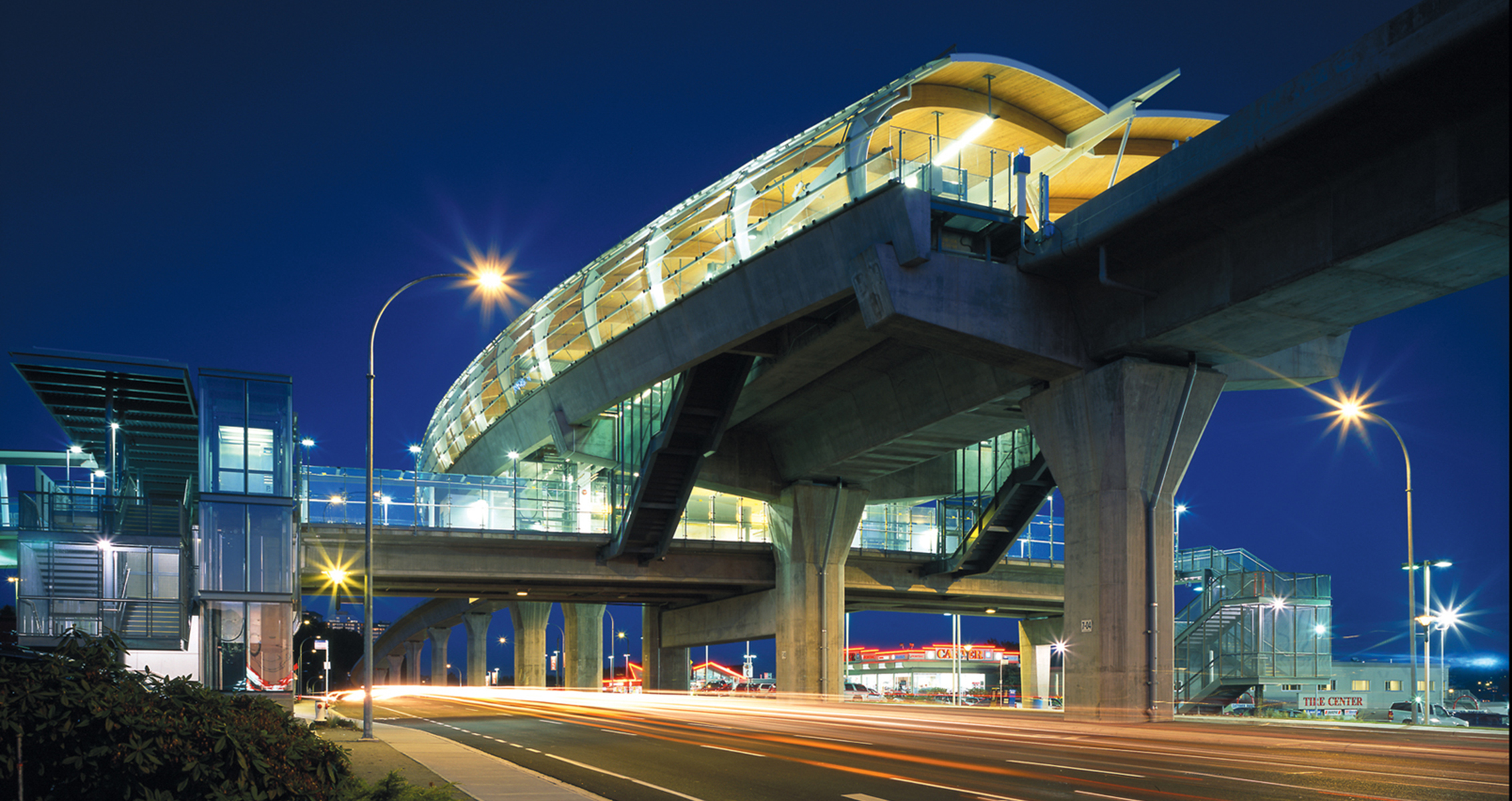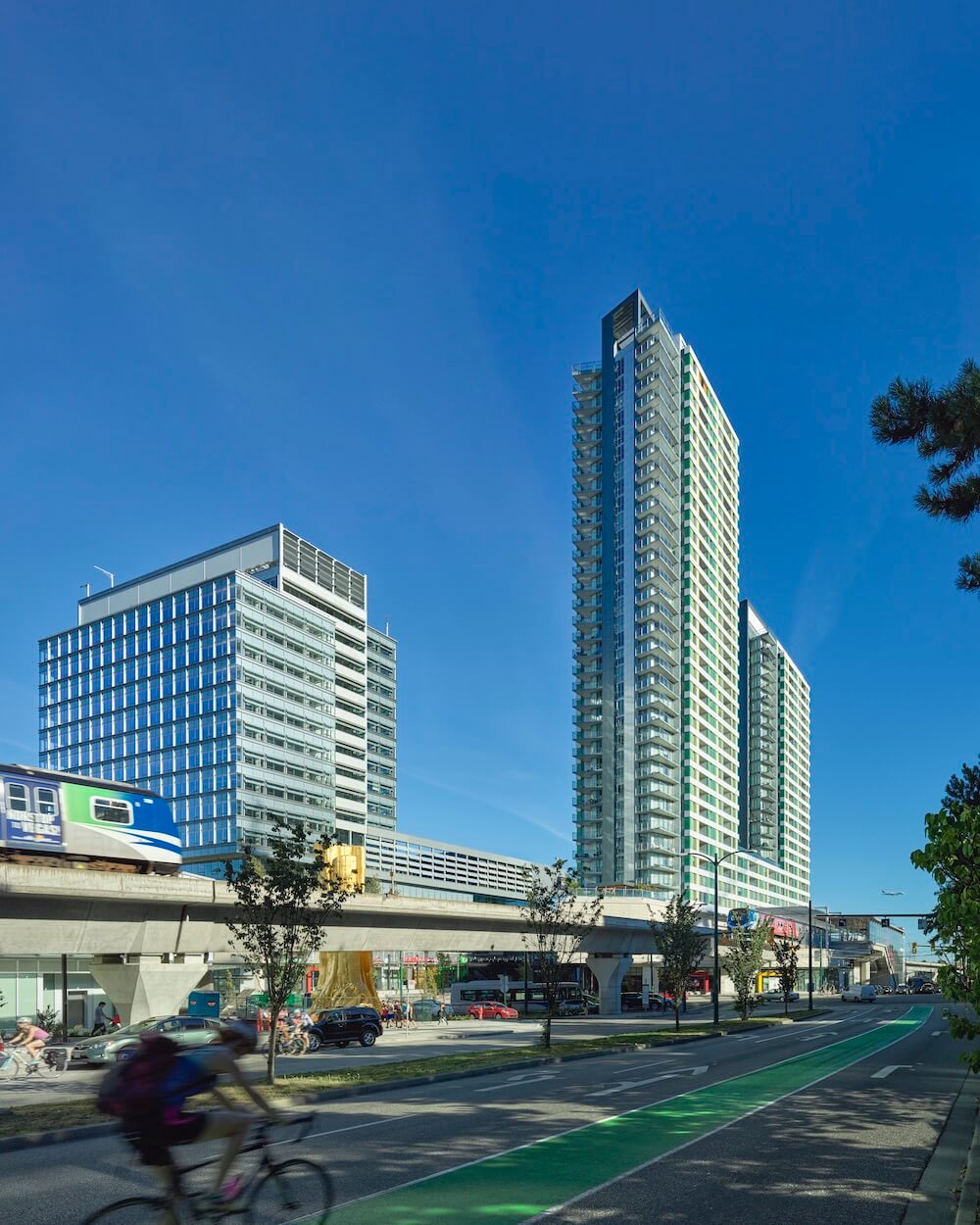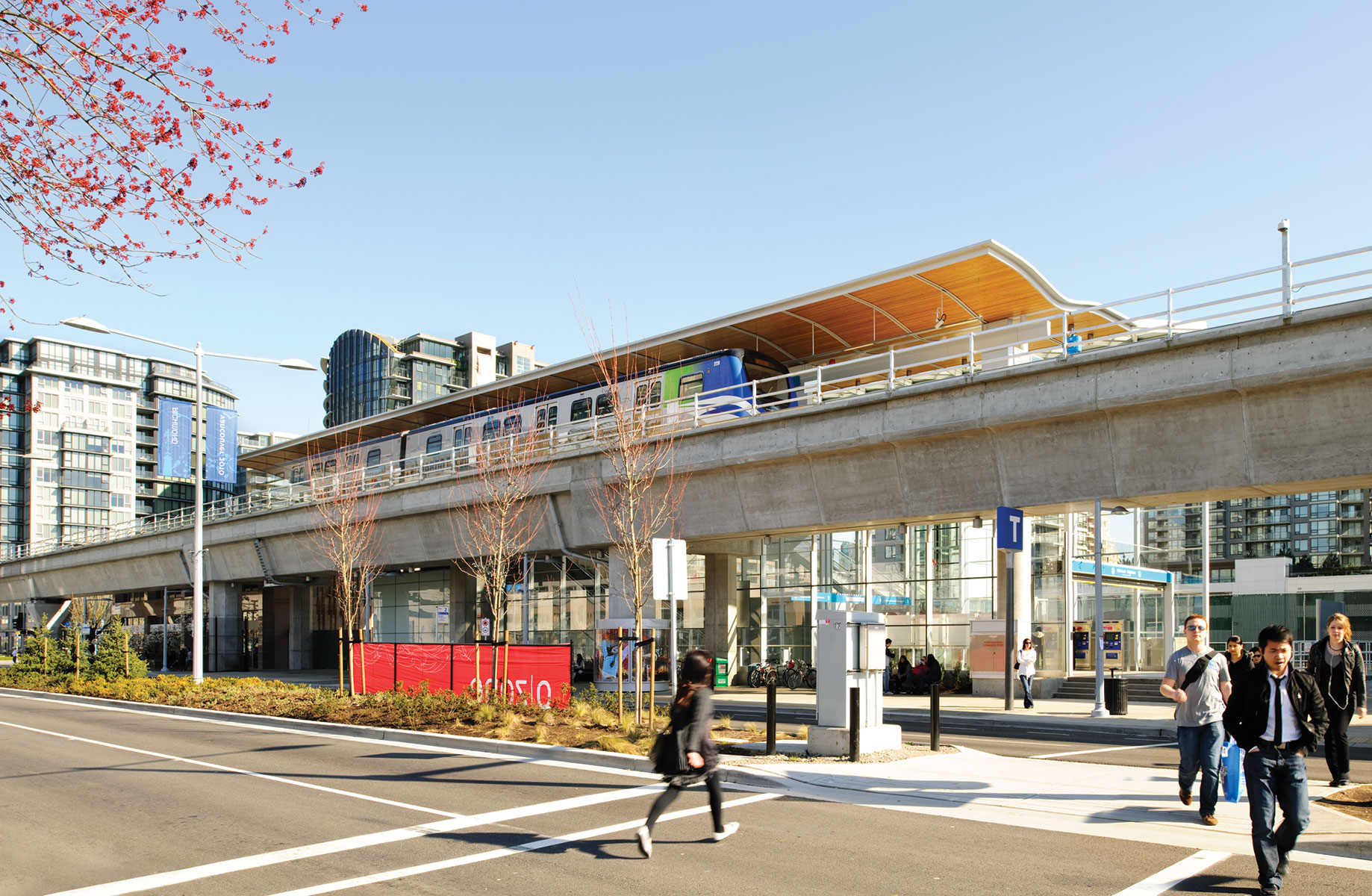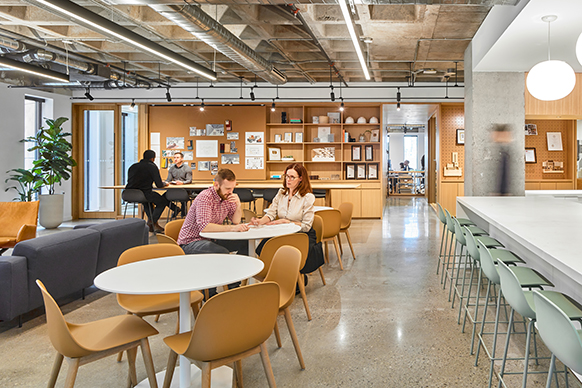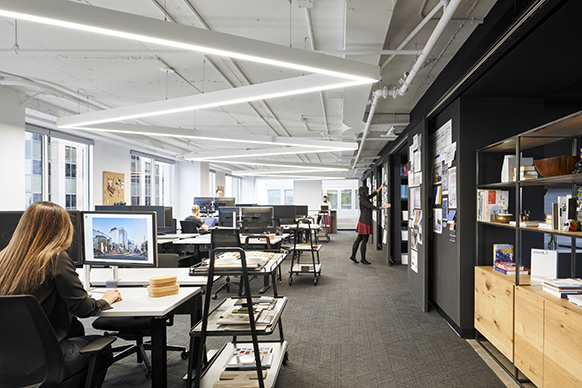This story was originally published in AZURE. It is being republished here with their permission. This story is part of our insight series around the impact of the COVID-19 pandemic.
When the email to shelter in place came in mid-March, my partner and I simply packed up our laptops, grabbed some extra stationery, replenished our online grocery orders and headed home early. As we self-isolate, our daily pattern of movement is now confined to a 500-metre radius that includes the local park, supermarket, greengrocer, pharmacy and my father’s apartment.
We are privileged to work from home, but many others are not so lucky. Our self-isolated lives have been supported by a steady stream of couriers who risk their health and well-being making sure our power cables, toilet paper and lunches appear at our door. As we rediscover the joys of isolated walks in our neighbourhoods, there are essential workers that continue to travel to and from pharmacies, supermarkets and hospitals to support the rest of us.
The COVID-19 pandemic has upended our daily patterns of movement and life in the city – a disruption that is felt unevenly. It has also underscored the critical role urban mobility plays in our daily lives and, at the same time, it has highlighted how the status quo could change to foster a more equitable system of mobility.
Cities are magnetic, and people will return, but how will we inhabit them?
First, we must resist the urge to apply pre-existing solutions to the current crisis. We must also avoid solutions shrink-wrapped for the current pandemic, assuming that the next global crisis will require the same epidemiological response. Instead, our design thinking will need to be grounded in societal values, clear data and research.
At Perkins&Will, we have started to consider a post-COVID-19 recovery in three stages: the immediate period of emergency response, followed by a period of physical distancing and testing, and, finally, a post-vaccine recovery. Each demands a unique response from the design profession.
